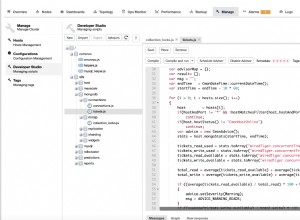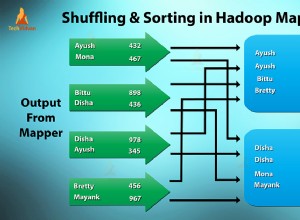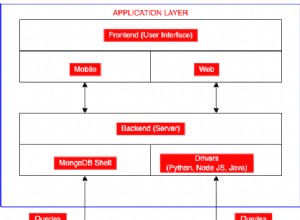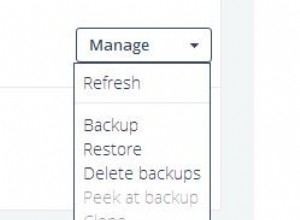db.collection.aggregate([
{//Denormalize first level
"$unwind": "$newList"
},
{//Second nested level
"$unwind": "$newList.newPMBList"
},
{//Deep nested last level
"$unwind": "$newList.newPMBList.newPMList"
},
{
$group: {//Grouping back
"_id": null,
"newList": {
$push: "$newList.newPMBList.newPMList"
}
}
},
{
$project: {//Finding unique
newList: {
$setUnion: [
"$newList",
"$newList"
]
}
}
}
])
Ti suggerisco di includere altri campi usando first accumulatore in group e conservali in project .
Puoi semplificare ulteriormente come di seguito
db.test.aggregate([
{
"$unwind": "$newList"
},
{
"$unwind": "$newList.newPMBList"
},
{
"$unwind": "$newList.newPMBList.newPMList"
},
{
$group: {
"_id": null,
"newList": {//addToSet keeps distinct
$addToSet: "$newList.newPMBList.newPMList"
}
}
}
])
Inoltre, acquista saltando una denormalizzazione, ma restituisce una matrice di array.
db.test.aggregate([
{
"$unwind": "$newList"
},
{
"$unwind": "$newList.newPMBList"
},
{
$group: {
"_id": null,
"newList": {
$addToSet: "$newList.newPMBList.newPMList"
}
}
}
])
Se salti un altro livello, verrà aggiunto un altro livello nidificato nel risultato.




